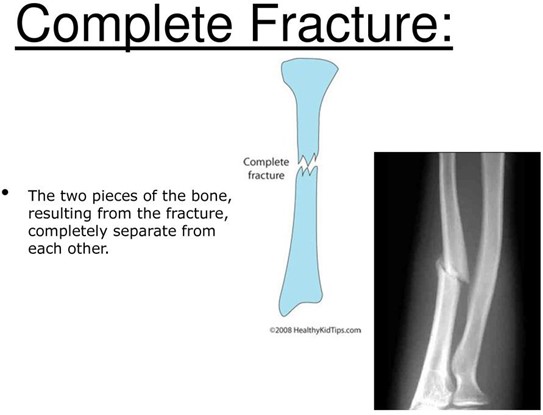A nurse is collecting data from a 3-month-old infant.
Which of the following findings should the nurse report to the provider?
The infant is unable to roll from the back to the abdomen.
The infant is unable to use a pincer grasp to pick up objects.
The infant is unable to raise his head when in a prone position.
The infant is unable to sit without support.
The Correct Answer is C
By 3 months old, most babies can lift their heads and chest up from a belly-down position.
Choice A is not correct because it is normal for a 3-month-old infant to be unable to roll from back to abdomen.
Choice B is not correct because it is normal for a 3-month-old infant to be unable to use a pincer grasp to pick up objects.
Choice D is not correct because it is normal for a 3-month-old infant to be unable to sit without support.
Nursing Test Bank
Naxlex Comprehensive Predictor Exams
Related Questions
Correct Answer is B
Explanation
“6 weeks after fertilization.” Teratogens can begin affecting the developing embryo as early as 10 to 14 days after conception 1.
During embryonic development, there are periods when the developing organ systems show more sensitivity to teratogens.
Choice A is incorrect because 18 weeks after fertilization is not the earliest stage of pregnancy when exposure to a teratogenic agent could occur.
Choice C is incorrect because 12 weeks after fertilization is not the earliest stage of pregnancy when exposure to a teratogenic agent could occur.
Choice D is incorrect because this is not an incomplete question/stem.
Correct Answer is C
Explanation
A complete fracture is when the bone breaks into two or more separate pieces.
This is in contrast to an incomplete fracture, where the bone is only partially broken.
A spiral fracture is a type of complete fracture that occurs when a long bone is twisted with force.
A greenstick fracture is a type of incomplete fracture that occurs when a bone bends and cracks but does not break completely.

Choice A, Spiral, is incorrect because it refers to a specific type of complete fracture that occurs when a long bone is twisted with force.
Choice B, Incomplete, is incorrect because it refers to a type of fracture where the bone is only partially broken.
Choice D, Greenstick, is incorrect because it refers to a specific type of incomplete fracture that occurs when a bone bends and cracks but does not break completely.
Whether you are a student looking to ace your exams or a practicing nurse seeking to enhance your expertise , our nursing education contents will empower you with the confidence and competence to make a difference in the lives of patients and become a respected leader in the healthcare field.
Visit Naxlex, invest in your future and unlock endless possibilities with our unparalleled nursing education contents today
Report Wrong Answer on the Current Question
Do you disagree with the answer? If yes, what is your expected answer? Explain.
Kindly be descriptive with the issue you are facing.
